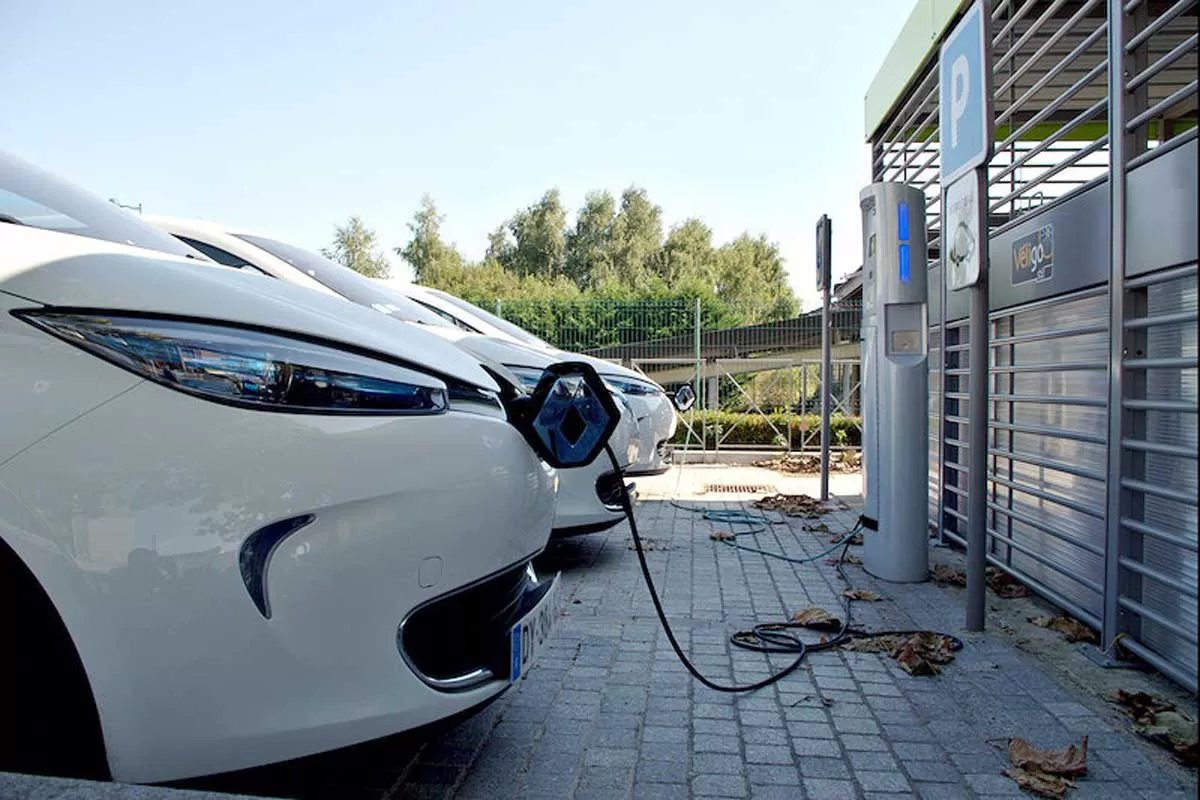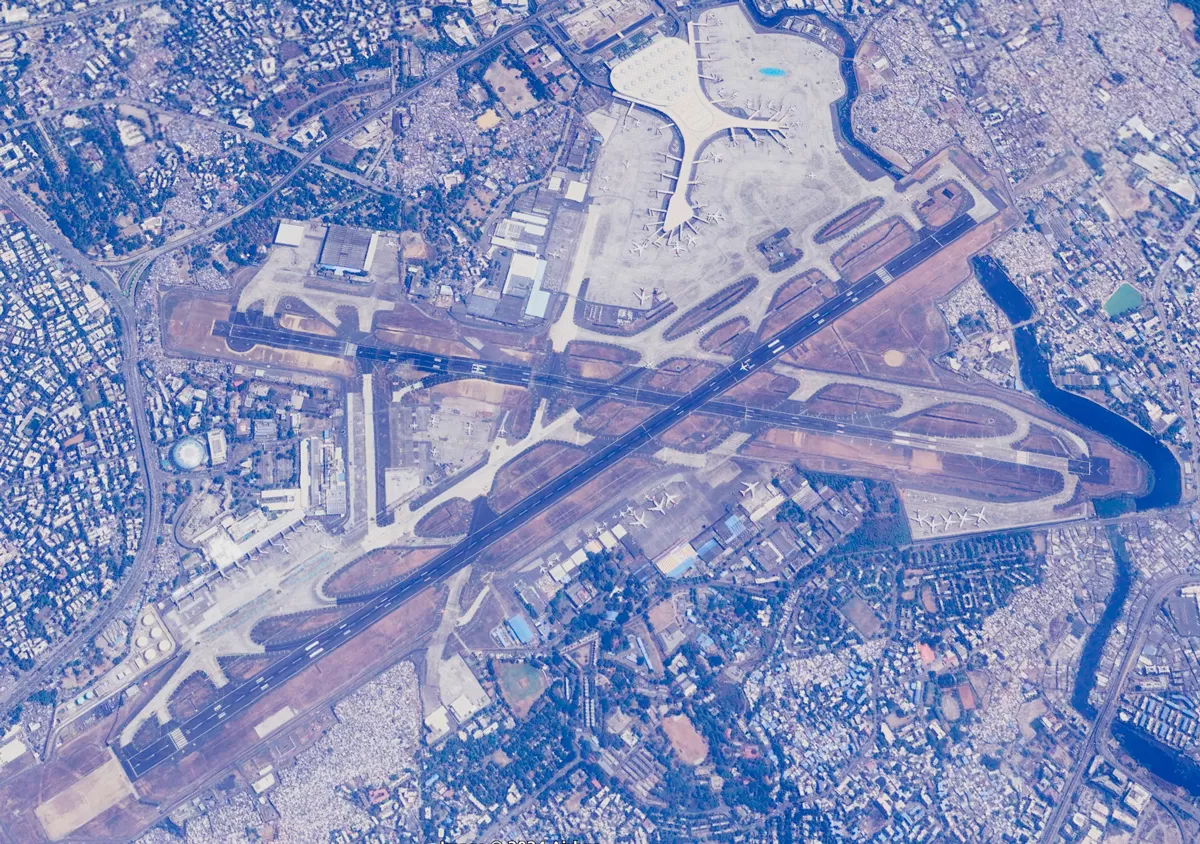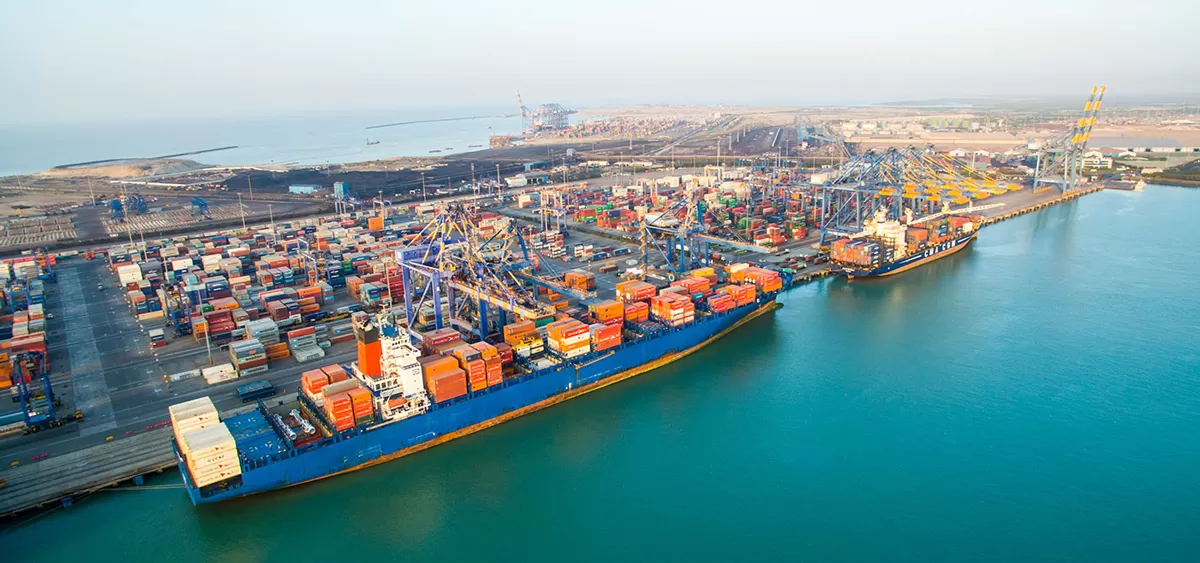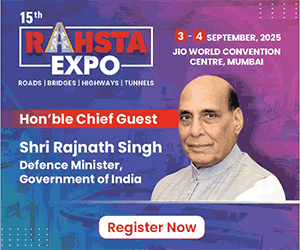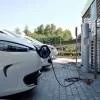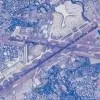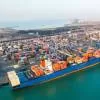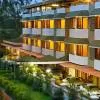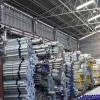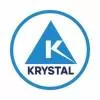Our focus this financial year will be on consolidation
01 Apr 2012
8 Min Read
CW Staff
“Our focus this financial year will be on consolidation.” - Goutham Reddy, Managing Director, KMC Constructions Ltd
If you’re in it for the long haul, sometimes slow and steady is the best way to go. Just look at KMC Constructions Ltd, which was established in 1971 as Krishna Mohan Constructions before it assumed its current avatar in 1995. Adopting a cautious and choosy approach to project selection, the company has grown to become one of the largest BOT players with a large road BOT portfolio of 10 projects aggregating 5,000 lane km across India. A pan-India operation with projects in Uttar Pradesh, Rajasthan, Andhra Pradesh, Kerala, Karnataka and Assam, the company has also shifted its sights to Africa and is waiting to undertake World Bank-funded projects there. Managing Director Goutham Reddy tells Shriyal Sethumadhavan more about the company and getting the job done...
Track record: KMC has over 40 years of experience in building large construction and infrastructure projects and today boasts a track record of executing more than 15,000 lane km of road. The integrated developer model has helped us become more focused and create value across our construction and delivery chain; this basically means that we are both concessionaire and contractor. In such a model, you need to construct a project and complete it quickly because it is in your interest and you also have to construct it at a cost where you get average construction profits – thus you get both a return on profit on construction and return on investment in the project. In an integrated model, you address concerns and problems on a day-to-day basis rather than leaving them to anyone else.
The opportunity: The government's determination to bridge the infrastructure deficit provides an immense opportunity; one example is its invitation for bids for about 15 projects worth Rs 20,000 crore to widen 2,000 km of highways. We recently started tolling on our BOT projects Nellore-Chilakaluripet, Simhapuri Expressway Ltd, and Thrissur-Angamaly, Guruvayur Expressway Ltd. As one of the largest operators in the premium infrastructure space, the current invitation helps us consolidate our position. Every project is taken as an opportunity but we are also cautious with the way bids are going today. The opportunity should be at our price and today’s market derived price is much lower than the commercially expected rate of return.
The NHAI experience: We have had good working relations with NHAI and, to date, have executed projects well within the timeline. In fact, all our projects are in the government sector and we are focused on all-around value creation. Yes, there have been delays, primarily because of problems with land acquisition in certain states. Also, we have to quicken the arbitration process; the process of dispute settlement is very slow in this country right now.
Core strategies: We have empowered our project teams and have invested in advanced technologies across our planning, design and operations to deliver unique offerings while reducing lead time along with being environmentally conscious. We have a land acquisition team headed by retired bureaucrats or professionals, which enable us to be proactive in acquiring land. Thus, rather than waiting for anyone, we act as the conduit between NHAI and the state government; once we have land in hand, scheduling and monitoring of projects becomes much easier and we can predict our progress clearer.
The quality aspect: This industry has experienced some concerns on availability of experienced manpower and there have been some voices on the quality aspect. However, our experience along with investment in green technologies helps address some of these factors, and I can say the same with confidence about all other major core infra players. We are able to sustain ourselves and keep up a steady growth purely because of commitment to quality and excellence. If there is a BOT project, the better you build it, the lower the maintenance. So, your cost of kilometres keeps coming down over a period of time.
Challenging BOT projects: Other than the two projects mentioned above, the Pink City Expressway (connecting Delhi, Gurgaon and Jaipur) has been a challenging one; a medium-sized company like us taking on a Rs 3,000 crore contract was relatively new at that point in time. Innovative funding through a revenue sharing model enabled us to work on the project, for which we are in a JV with Dubai-based company ETA. One of the biggest assets of any foreign company is their scheduling, planning and attention to detail. When you mix that with local expertise and knowledge of issues, it makes us a formidable combination.
BOT vs. annuity: We have also completed close to three annuity projects. Recently, we completed a project – Orai-Bhognipur – in Kanpur, where us and NCC are JV partners. Although we completed this project in a year, the annuity just started being released towards the end of last year. There was a delay from NHAI to release payments. I believe every company should have a healthy mix of BOT and annuity projects. In an annuity project, it is a fixed return; in a BOT project, although the risk is high, so is the reward. The risks in BOT projects include the common public’s aversion to pay tolls; the different approach to toll projects in different states; and a lack of understanding of traffic patterns.
The EPC experience: As we give a fixed construction cost, we do estimate certain amounts of escalation and certain amount of quality variations; the challenge comes when you have high inflation and interest costs and your material prices go up. For instance, you may take a model where 7 per cent inflation cost is your escalation cost; but today, there is huge escalation of raw materials from 10-15 per cent. So that will hit the bottom-line of the construction company. Nevertheless, our EPC experience has helped us deliver value across BOT projects. And in an EPC contract, you are only there to execute the job and walk out of it at a price. Land acquisition is not in your domain, so if the land is not given to you, you need not wait. An EPC job is relatively safer if you have fixed cash flows; in a BOT project, you need to completely mobilise your entire equity even before you start, while in an EPC contract, all you require is working capital to sustain your project. In terms of our EPC project portfolio, we have Rs 6,200 crore of work on hand.
Going green: We have made significant investment towards our vision to become one of the greenest companies in India, like investment into efficient and environmentally sensitive plant and machinery. We have a dedicated command centre to monitor project performance online each hour to ensure we are in control on cost and critically scarce resource utilisation. We create a safety audit wing internally that impels us to reuse, recycle and rehabilitate materials as much as possible.
Money matters: I think it is going to be a challenging year; we will see high interest costs and inflation standing where it is. This is a very neutral budget; there is really nothing to talk about. There has been no impetus; people keep talking about a fat pipeline of projects that will come in through the PPP mode. But with such high interest costs, you will create high project costs. Personally, in terms of the macro level, I do not see a promising sign at least in the near short term. As for the company, for FY11, revenues stood at Rs 1,047 crore; our current order book is pegged at Rs 6,000 crore (yet to execute works). We are hopeful to increase this further and are targeting a 30 per cent increase in our order book compared to the year before. We have achieved revenues of approximately Rs 1,250 crore in FY11-12.
Future watch: More than 60 per cent of highways under PPP will be built on the BOT pattern. Being a priority sector, the ongoing focus on highway infrastructure development is targeted to project an annual growth of 12-15 per cent for passenger traffic and 15-18 per cent for cargo traffic, which is very healthy for players like us operating in the BOT sector. We are handling far bigger projects than anyone in the world today, at least in the roads sector. Each project size is nothing less than $500-600 million. KMC will keep bidding for new projects. We are also looking at expanding in Africa. However, our focus this financial year will be on consolidation – consolidating our cash flows and consolidating and getting strong performances.
Fact sheet
Year of Establishment: Commenced operations as a partnership in 1970, incorporated in 1995
Top Management (Promoters): M Rajmohan Reddy, Founder & Chairman; M Goutham Reddy, Managing Director; M Vikram Reddy, Director; M Pruthvi Kumar Reddy, Director
Number of Employees: 1,000
Centre(s) of Operation: Headquarter: Hyderabad, regional offices: Bengaluru and New Delhi, and various site offices
Ongoing Projects: (Major Projects in Progress) NH No. 8, Gurgoan-Kotputli-Jaipur Section, BOT (day one Toll) Project; NH No. 5, Chilkaluripet-Nellore Section, BOT (day one Toll) Project; NH No. 18, Cuddappah-Kurnool section, BOT (Toll) Project; NH No. 47, Vadakanchery-Thrissur Section, BOT (Toll) Project; NH No. 17, Kannur-Vengalam Section, BOT (Toll) Project; NH No. 17, Vengalam-Kuttipuram Section, BOT (Toll) Project; and Various EPC, State Highway Projects.
Turnover: In FY11, the revenues stood at Rs 1,047 crore
Current order book: Approx `6,000 crore (Yet to execute works)
Know of a contractor who’s made it big? Write in at feedback@ASAPPmedia.com
